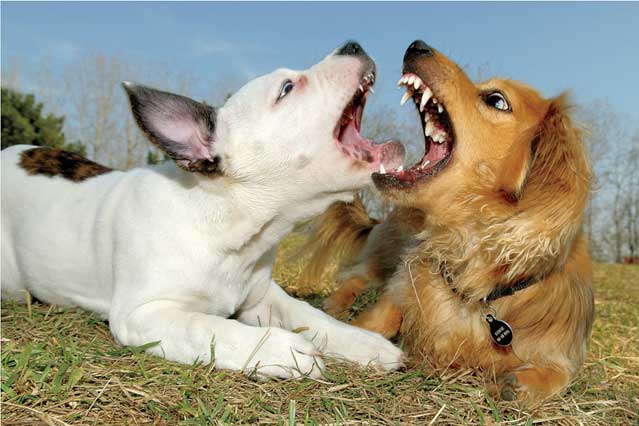The Urban Dweller’s Life-Hack Manual
Rule the Dog Park
1. DO: Address other people and say, “Good-lookin' dog.” DON'T: Ask a dog his name. He doesn't speak English.
2. DO: Bend at the knees to avoid being toppled during scrums. DON'T: Shout “He's friendly!” as your dog barrels toward others. (“Watch out!” is acceptable.)
3. DO: Keep your dog under control. DON'T: Remark “Oh, look—they're friends” as your dog violently humps another.
4. DO: Scoop poop. DON'T: Vow to clean it up later.
Cut a Mountain-Bike Trail
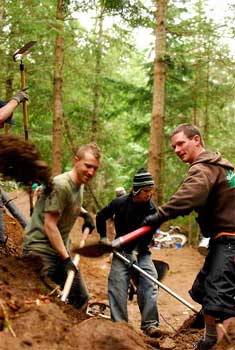
1. Know who uses your local park, and build a consensus about the need for trails. Then connect with the parks-and-rec department. “Don’t go in there expecting them to hand you the keys,” says Dawson Smith, cofounder of the New York City Mountain Bike Association, which promoted the Fort George Hill Trails at Highbridge Park in Manhattan.
2. Prove you have the manpower to build and maintain the trails. Secure funding with a Recreation Trails Grant, given out by the Department of Transportation’s Federal Highway Administration. Contact your state’s recreational-trails administrator for guidance.
3. Connect with Trail Solutions, the ‘s consulting program. It knows how to make the best trails, and, equally important, its support tells park managers you mean business.
4. Once your trail is cut, cultivate a volunteer army and hold events to increase use. Since Highbridge opened, NYCMTB has held numerous races, including Hustle and Flow, which combined downhill, mountain bike, and BMX.
Grow Your Own
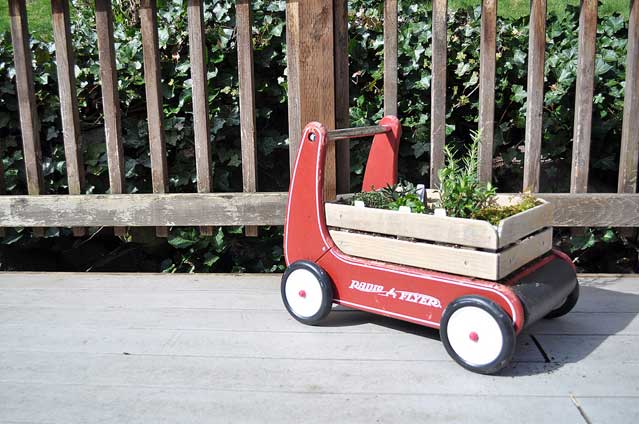
The key to maximizing garden production in a city: small pots equal big yields. Here, Colin McCrate, co-owner of the garden-design firm Seattle Urban Farm Company, dispenses advice on what to plant.
1. Salad greens. Fresh-picked arugula, spinach, and mustard greens can add kick to a store-bought salad. They grow fast in the cooler spring months, allowing you to reuse pots for hot summer plants.
2. Tomatoes. One or two plants is enough. “Cherry tomatoes are the best way to start,” McCrate says. “They’re the most vigorous, highest-yielding crops you can get.” Go with Sun Gold for the plumpest results.
3. Beans. To avoid stringing bean poles, get the bush variety. They produce a ton.
4. Herbs. Most grow quickly and thrive in containers. Basil is a great producer, but be sure to buy it as a transplant rather than starting with seeds. Add oregano, rosemary, and thyme to turn your planter into a traditional Italian mix.
Build a Commuter Bike
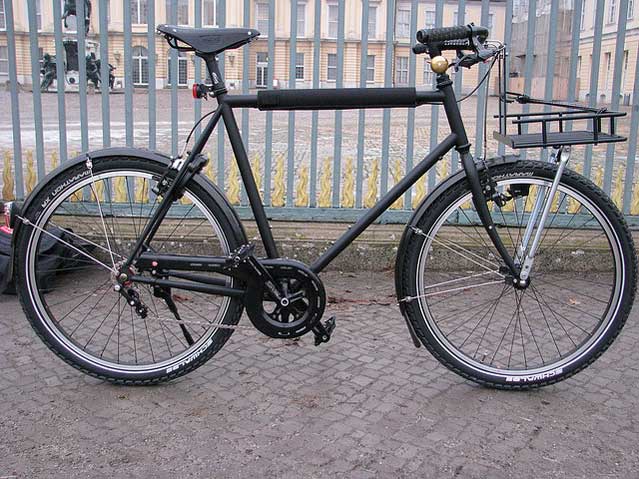
Strip an old steel road bike to the frame. Work with a shop to equip it with a single-speed drivetrain using the rear wheel listed below, then top it all off with the following components.
1. Wheels: Paul Dorn, co-author of The Bike to Work Guide, recommends a beefy rear wheel to support the extra load (laptop, books, lunch). Have the shop lace up a Miche Primato hub (from $111; ) to a Sun ME14A rim ($31; sun-ringle.com). Retread the bike’s existing front wheel.
2. Pedals: Opt for sturdy two-sided BMX pedals like the Diamondback Sounds ($40; ). If you wear cleats, the Shimano PD-M324 ($85, ) has a clipless attachment on the flip side.
3. Handlebars: Get a riser bar so you’ll be more upright and visible in traffic (from $13; ).
4. Lights: The main idea is to be seen. Knog offers some of the best, easiest-to-mount LED lights (from $16; ).
5. Lock: Low-profile commuters get stolen just as frequently as flashy rides. Improve your odds with the cut-resistant TiGr lock (see our review). ($125; )
Crush Clutter
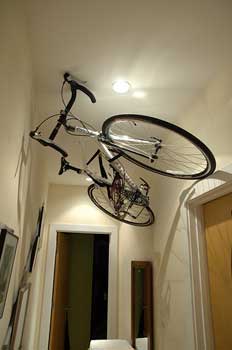
Alpinist Colin Haley lives in a 300-square-foot shack outside Seattle, which means that if he doesn’t keep his gear arranged, he can’t find his bed. Here are his top three organizational tips.
1. Keep your really small gear in clearly labeled Tupperware containers, which can then be stowed inside sport-specific dresser drawers. Stuff sacks also work great.
2. Hang the big inventory—bikes, kayaks, surfboards—from ropes, racks, or hefty screw-in hooks. This capitalizes on the underutilized top third of your room.
3. When you get home from a trip, spend the extra time to unpack and return everything to its proper place.


